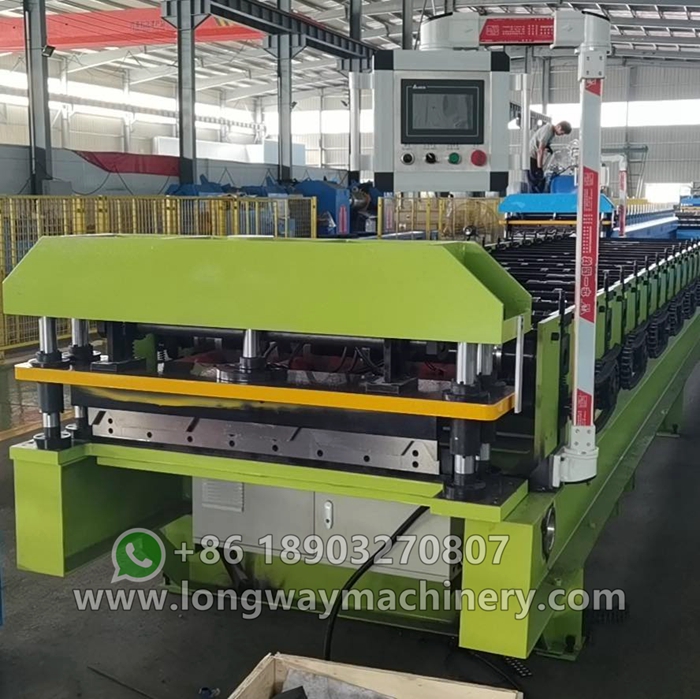High-Performance Steel Slitting Line Equipment for Precision Metal Processing Applications
Understanding Steel Metal Slitting Line Machines An Overview
In the realm of the metal processing industry, the efficiency and precision of production equipment can significantly impact overall productivity. Among the vital machines used in this field is the steel metal slitting line machine. This highly specialized equipment plays a crucial role in transforming coiled steel into narrower strips, making it indispensable for various applications in manufacturing and fabrication.
What is a Steel Metal Slitting Line Machine?
A steel metal slitting line machine is designed to process large rolls of steel, commonly referred to as coils, by cutting them into narrower strips of desired widths. The process involves feeding the coil through a series of cutting blades set to specific widths, which slices the metal evenly. The end product is typically wound back into coils, known as slit coils, which can then be used in further manufacturing processes or distributed to other businesses depending on their specific requirements.
Components of a Slitting Line
The configuration of a slitting line generally consists of several key components
1. Uncoiler This is the initial part of the line, where the large coil of steel is mounted. The uncoiler must handle the weight and size of the coils while providing a smooth feed into the slitting line.
2. Feeder After the coil unwinds, the feeder guides the steel into the slitting section. Accurate feeding is critical to ensure uniformity and precision in the slitting process.
3. Slitting Machine The heart of the operation, the slitting machine features pairs of rotating blades that cut the steel into the desired widths. These blades can often be adjusted to accommodate various strip widths, making the machine versatile for different applications.
steel metal slitting line machine

4. Re-coiler Post slitting, the narrower strips are wound back into coils by the re-coiler. This component is essential for the efficient handling and shipping of the resultant strips.
5. Control System Modern slitting lines are equipped with sophisticated control systems that monitor speed, blade adjustments, and product quality. This automation enhances operational efficiency and product consistency.
Applications of Steel Metal Slitting Lines
Steel metal slitting lines find their utility across numerous industries. The resulting slit coils are used in the automotive industry for manufacturing parts, in construction for structural components, and in the appliance industry for product facades. Other applications include HVAC systems, electrical appliances, and various consumer goods. The versatility of slit steel strips allows manufacturers to utilize them in diverse ways, effectively expanding productivity across several sectors.
Benefits of Using Slitting Lines
Investing in a steel metal slitting line machine offers several advantages. First and foremost, it significantly reduces material waste. By precisely cutting the steel to required widths, companies can optimize usage and minimize scrap. Furthermore, the speed and efficiency of slitting lines enhance production capacity, allowing businesses to meet growing demands without compromising quality. Automation features in modern slitting lines also result in less labor requirement and reduced risk of errors, leading to higher profitability.
Conclusion
In conclusion, the steel metal slitting line machine serves as a cornerstone in the metal processing industry. Its ability to transform large steel coils into precisely cut strips empowers businesses to enhance productivity and meet the ever-growing demands of various sectors. As the industry continues to evolve, advancements in technology will likely further improve the efficiency and capabilities of slitting lines, solidifying their role as essential machinery in modern manufacturing. Understanding the function and benefits of these machines is key for manufacturers looking to optimize their operations and leverage steel products effectively in their applications.
-
Roof Panel Machines: Buying Guide, Types, and PricingNewsJul.04, 2025
-
Purlin Machines: Types, Features, and Pricing GuideNewsJul.04, 2025
-
Metal Embossing Machines: Types, Applications, and Buying GuideNewsJul.04, 2025
-
Gutter Machines: Features, Types, and Cost BreakdownNewsJul.04, 2025
-
Cut to Length Line: Overview, Equipment, and Buying GuideNewsJul.04, 2025
-
Auto Stacker: Features, Applications, and Cost BreakdownNewsJul.04, 2025
-
Top Drywall Profile Machine Models for SaleNewsJun.05, 2025








